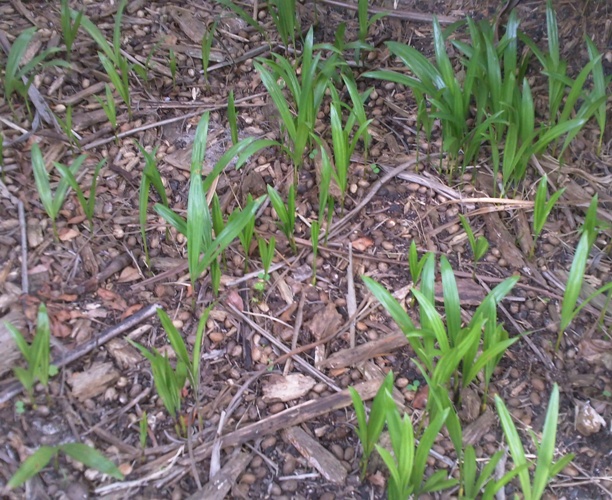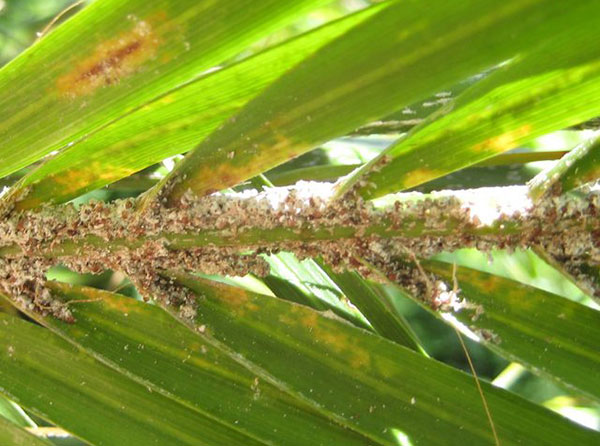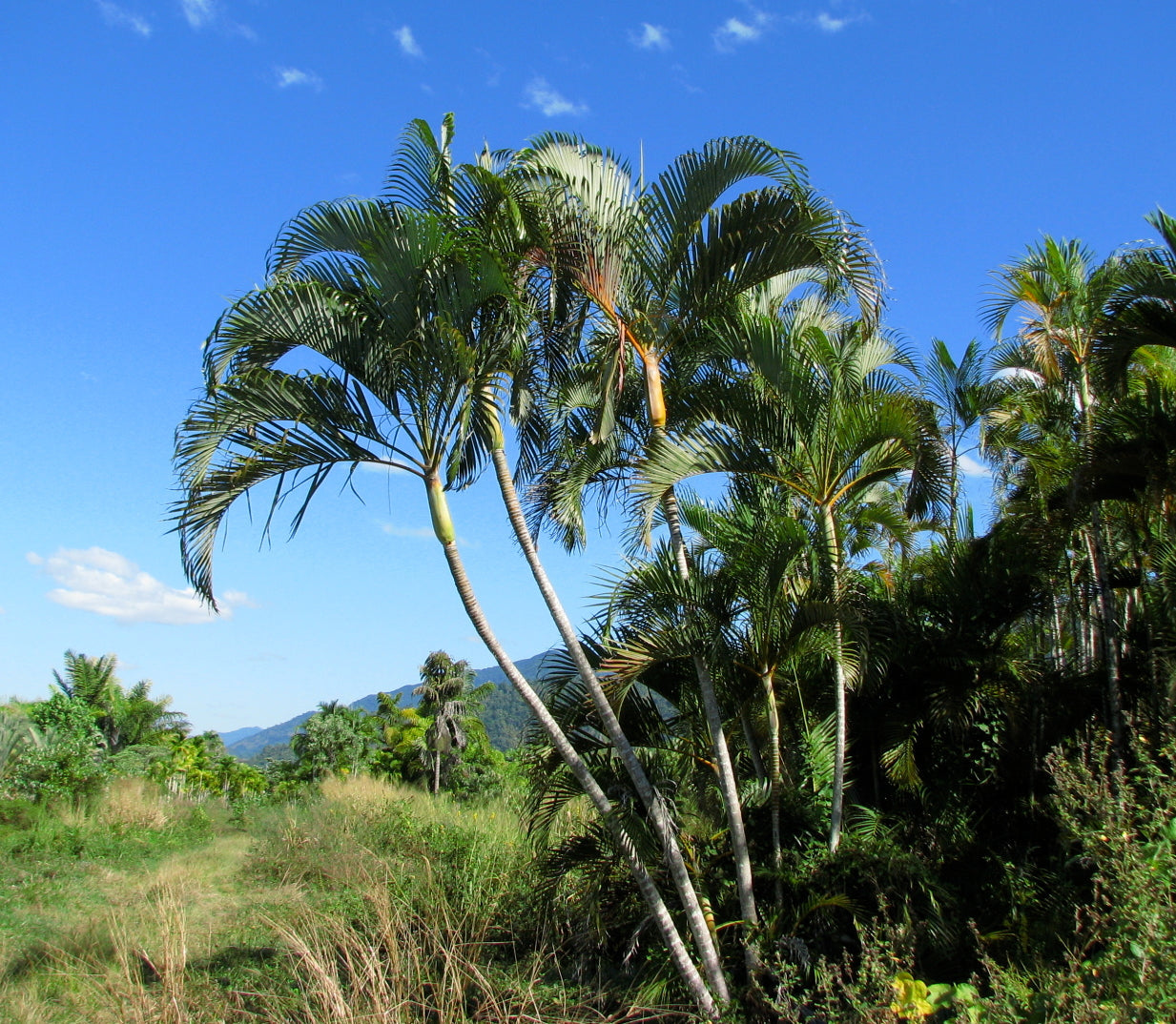How to grow Areca Palm, known for its graceful fronds and air-purifying qualities, is a popular choice among indoor gardeners. Its vibrant green foliage adds a touch of tropical elegance to any space, making it a prized possession for both novice and seasoned plant enthusiasts alike. If you’re new to gardening or simply looking to expand your indoor greenery collection, learning how to grow Areca Palm can be an enriching experience. In this comprehensive guide, we’ll delve into everything you need to know to cultivate and care for this stunning plant.

Understanding Areca Palm
Areca Palm, scientifically known as Dypsis lutescens or Chrysalidocarpus lutescens, is native to Madagascar and is often referred to as the Butterfly Palm or Golden Cane Palm. Its slender, yellowish-green stems are crowned with feathery, arching fronds, creating a lush canopy that resembles a tropical paradise. In optimal conditions, Areca Palm can grow up to 6 to 7 feet indoors, adding a touch of luxury to your home or office space.
Selecting the Right Location
Before diving into the intricacies of cultivation, it’s essential to choose the ideal location for your Areca Palm. This tropical beauty thrives in bright, indirect light, making it perfect for spaces with filtered sunlight. Avoid placing it in direct sunlight, as this can scorch the delicate fronds. Additionally, ensure adequate airflow around the plant to prevent the onset of pests and diseases.
How to Grow Areca Palm, Soil and Potting
Areca Palms prefer well-draining, slightly acidic soil that mimics their natural habitat. A mixture of peat moss, perlite, and sand creates the perfect growing medium, allowing excess water to drain freely while retaining essential moisture. When potting your Areca Palm, opt for a container with drainage holes to prevent waterlogging, which can lead to root rot.

Watering and Humidity
Maintaining proper moisture levels is crucial for the health and vitality of your Areca Palm. Water your plant thoroughly when the top inch of soil feels dry to the touch, ensuring that excess water drains out of the pot. However, avoid overwatering, as this can lead to root rot and other fungal diseases. To enhance humidity levels, consider misting the foliage regularly or placing a humidifier nearby, especially during the dry winter months.
Temperature and Climate
Areca Palms thrive in warm, humid environments reminiscent of their native habitat. Ideally, keep temperatures between 65°F to 75°F during the day and slightly cooler at night. Avoid exposing the plant to temperature extremes or drafts, as this can cause stress and leaf damage. If you live in a region with harsh winters, protect your Areca Palm from cold drafts and consider moving it indoors until the weather improves.
Fertilizing and Maintenance
Regular fertilization is essential for promoting healthy growth and vibrant foliage. During the growing season, from spring to early fall, apply a balanced liquid fertilizer every 4-6 weeks to replenish essential nutrients. However, reduce fertilization frequency during the winter months when growth slows down. Additionally, remove any yellowing or dead fronds regularly to maintain the plant’s appearance and prevent pest infestations.

Common Pests and Diseases
While Areca Palms are relatively resilient, they are susceptible to pests such as spider mites, mealybugs, and scale insects. Keep a close eye on your plant for any signs of infestation, such as webbing, sticky residue, or distorted growth, and treat them promptly with organic insecticidal soap or neem oil. Additionally, watch out for fungal diseases like root rot and leaf spot, which can occur due to overwatering or poor ventilation.
Propagation
Propagating Areca Palm is relatively straightforward and can be achieved through division or by planting fresh seeds. Divide mature plants during repotting, ensuring that each division has a healthy root system and several leafy stems. Alternatively, collect ripe seeds from the plant’s berries and sow them in a well-draining potting mix. Keep the soil consistently moist and provide warmth and indirect light for optimal germination.

Conclusion
In conclusion, growing Areca Palm is a rewarding endeavor that brings a touch of tropical paradise into your home or office space. By following these expert tips and techniques, even beginners can successfully cultivate and care for this stunning plant. From selecting the right location to providing proper watering and maintenance, creating an ideal environment for your Areca Palm ensures years of lush greenery and natural beauty. Embrace the joy of gardening and watch as your Areca Palm flourishes into a majestic centerpiece of your indoor oasis.
With patience, dedication, and a bit of green-thumb magic, you’ll soon be rewarded with a thriving Areca Palm that not only enhances your surroundings but also uplifts your spirits with its timeless elegance. Happy gardening!

